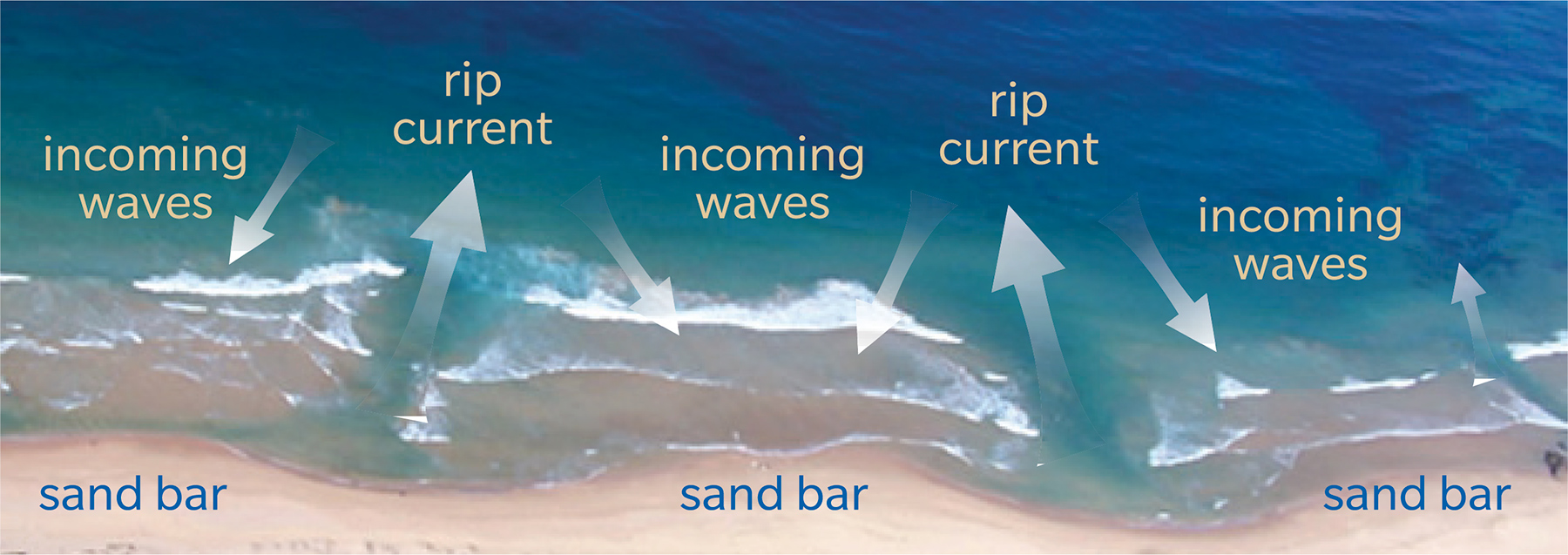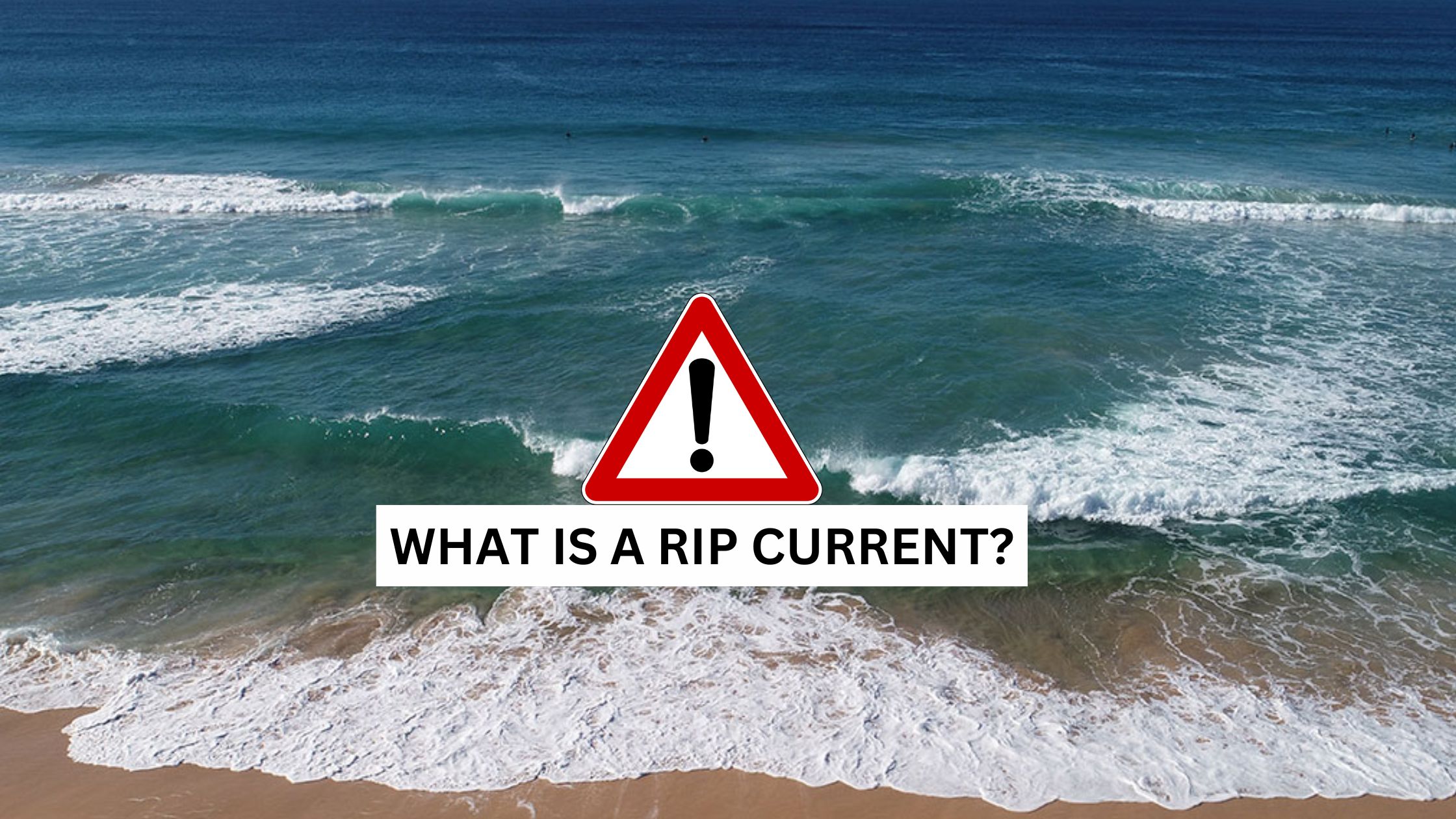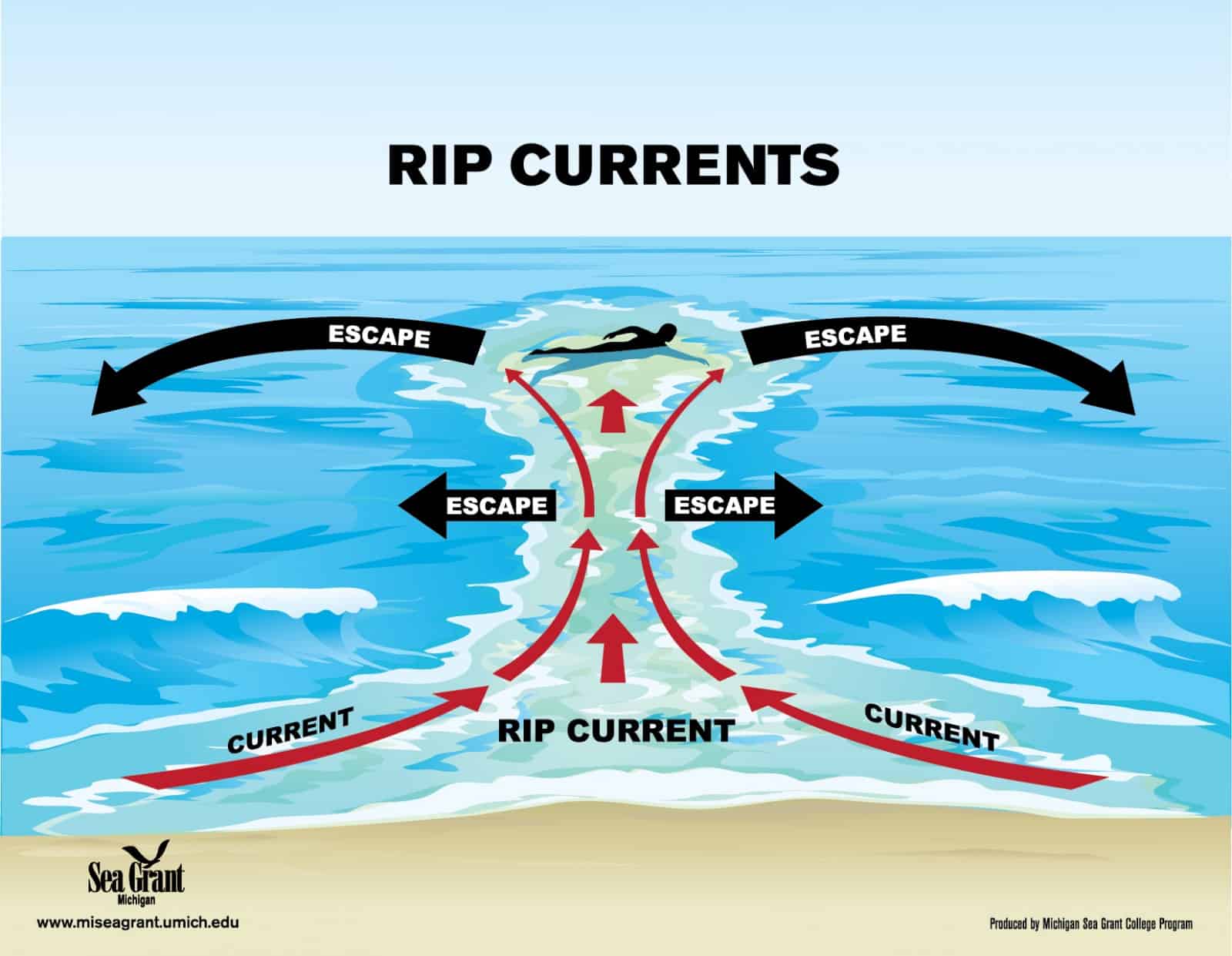Definition and Characteristics of Rip Currents

What is a rip current – Rip currents are powerful, narrow currents of water that flow away from the shore, often through breaks in the sandbar. They are formed when waves break near the shoreline and the water rushes back into the sea, creating a channel of fast-moving water.
Rip currents, strong and narrow channels of water that flow away from the shore, can be deadly. They are responsible for many missing people incidents, including those at Panama City Beach. Read more about missing people in Panama City Beach.
These currents can pull swimmers out to sea, and their powerful force can make it difficult to swim back to shore. It’s important to be aware of rip currents and to take precautions when swimming in areas where they are known to occur.
Rip currents can be extremely dangerous, as they can quickly pull swimmers out to sea. They are often difficult to spot, as they may not have any surface waves or visible breaks in the water. However, there are some telltale signs that can help you identify a rip current, including:
- A break in the line of waves
- A choppy, turbulent area of water
- A channel of water that is moving faster than the surrounding water
Rip currents can vary in strength and speed, but they can typically reach speeds of up to 8 feet per second (2.4 meters per second). They can also be quite narrow, often only a few feet wide.
If you are caught in a rip current, it is important to stay calm and not panic. Do not try to swim directly back to shore, as this will only tire you out. Instead, swim parallel to the shore until you are out of the rip current. Once you are out of the rip current, you can then swim back to shore.
Causes and Formation of Rip Currents: What Is A Rip Current

Rip currents are powerful, narrow currents of water that flow away from the shore, often through breaks in the sandbar. They can be dangerous for swimmers, as they can quickly carry people away from the beach.
Rip currents are caused by the interaction of waves, tides, and the underwater topography of the beach. Waves break on the sandbar, creating a current that flows back towards the shore. This current is called the longshore current. If the longshore current is strong enough, it can create a rip current.
Role of Breaking Waves
Breaking waves are the primary force behind the formation of rip currents. As waves approach the shore, they begin to break. The water in the breaking wave is pushed forward, creating a current that flows towards the shore. This current is called the wave setup current.
The wave setup current is strongest at the point where the waves break. This is because the water in the breaking wave is moving the fastest at this point. The wave setup current flows towards the shore until it reaches the sandbar. At this point, the current is deflected to the side, creating a rip current.
Longshore Currents and Tidal Changes
Longshore currents are another important factor in the formation of rip currents. Longshore currents are currents that flow parallel to the shore. They are caused by the waves breaking at an angle to the shore. Longshore currents can transport water and sand along the shore, creating sandbars and other underwater features.
Tidal changes can also affect the formation of rip currents. When the tide is coming in, the water level rises. This can cause the longshore current to become stronger, which can lead to the formation of rip currents. When the tide is going out, the water level drops. This can cause the longshore current to become weaker, which can lead to the dissipation of rip currents.
Factors Influencing Frequency and Location
The frequency and location of rip currents are influenced by a number of factors, including:
- The size and shape of the waves
- The angle at which the waves break
- The presence of sandbars and other underwater features
- The tidal cycle
Rip currents are most common on beaches with large waves and a steep underwater slope. They are also more common on beaches with sandbars and other underwater features. Rip currents can occur at any time, but they are most common during high tide and during storms.
Recognizing and Escaping Rip Currents

Rip currents, powerful and often invisible channels of fast-moving water, can be a serious hazard to swimmers. Knowing how to identify and escape them can save lives.
Identifying Rip Currents, What is a rip current
- Look for areas where the water is choppier or darker than the surrounding area.
- Observe if there is a break in the line of breaking waves, or a channel of water flowing away from the shore.
- Notice if there is a difference in water color or texture, indicating a change in water speed or direction.
Escaping Rip Currents
If you find yourself caught in a rip current, remain calm and follow these steps:
- Don’t panic: Staying calm will help you think clearly and avoid making dangerous mistakes.
- Swim parallel to the shore: Do not try to swim directly back to shore, as this will tire you out quickly. Instead, swim parallel to the shoreline until you are out of the rip current.
- Float or tread water: If you are unable to swim, float or tread water until the rip current weakens or you are rescued.
- Signal for help: If you are struggling, wave your arms and call for help.
Remember, staying calm and seeking help when necessary is crucial for escaping rip currents safely.
Rip currents are sneaky, pulling swimmers away from the shore with relentless force. The ocean’s treacherous currents resemble a formidable opponent in a thrilling baseball game, like the legendary rivalry between the Dodgers and Angels. Yet, just as the tides turn, so too can rip currents shift direction, leaving unsuspecting victims at their mercy.
Rip currents are powerful, narrow channels of fast-moving water that flow away from the shore, often through breaks in the sandbar. They can be difficult to spot, and even experienced swimmers can be caught in their grip. If you find yourself caught in a rip current, don’t panic.
Stay calm and swim parallel to the shore until you reach calmer waters. You can also check the panama city beach flag today for current beach conditions and warnings. Rip currents can be dangerous, but by being aware of them and taking precautions, you can help keep yourself safe.
A rip current, like the giants in giants vs angels , is a powerful force of nature that can quickly pull you away from the shore. It is a narrow, fast-moving channel of water that flows away from the beach, often through a break in the sandbar.
Rip currents can be difficult to spot, and they can even occur on calm days.
Like a sly thief, a rip current can snatch swimmers from their tranquil shores. Its deceptive allure masks a relentless undertow, dragging victims out to sea. Yet, even as the rip current poses its threat, there is a strange fascination that draws us to its power, akin to the allure of a high-stakes baseball game between the Dodgers and the Rockies dodgers rockies.
The adrenaline rush of facing danger, the exhilaration of pitting oneself against the forces of nature – these are the threads that weave the tapestry of our human experience.